
China’s Brazen Diplomatic Maneuvers in Nepal
China has been relentlessly flexing its muscles in Nepal to establish multi-dimensional engagement. After the formation of the Maoist Chairman Pushpa Kamal Dahal ‘Prachanda’-led government on December 26, 2022, China’s activities have become noticeably more assertive.
As a planned move, 68-year-old Dahal took oath of office as Nepal’s Prime Minister on the occasion of the 130th birth anniversary of Mao Zedong – Prachanda’s ideological father. Taking Mao’s principles as his guiding principles, Prachanda waged a decade-long insurgency in 1996 that claimed over 17,000 lives. This is his third innings as Nepal’s Prime Minister after he joined mainstream politics following a Comprehensive Peace Accord on November 21, 2006.
On November 20, 2022, Nepal held its general election in which Dahal’s Maoist Centre established itself as the third largest party winning 32 seats in the 275-member House of Representatives.
Left Leads Diverse Coalition
The indecisiveness of the elections, however, led to a hung parliament, and Dahal succeeded in becoming the Prime Minister with the support of seven political parties, including the royalist and pro-Hindu Rastriya Prajatantra Party, centric party like the Rastriya Swatantra Party, once-separatist outfit Janamat Party, and anti-federalist parties.
Dahal’s appointment as the Prime Minister comes amid efforts by the country’s previous government led by Nepali Congress (NC) President Sher Bahadur Deuba to pursue stronger ties with India and the United States. The Deuba-led government had enforced pro-democratic foreign policy priorities isolating China from Nepal’s domestic politics.
In Kathmandu, many believe that Dahal walked out of a crucial meeting of the previous five-party coalition led by Deuba at the behest of China. China’s growing activities suggest that the alliance between two major communist parties of Nepal—the Communist Party of Nepal (Unified Marxist–Leninist) and Maoist Center—along with the other five political parties can provide strategic leverage to it. This clearly indicates that Beijing’s maneuverings in Nepal have grown rapidly, with its ambitions appearing to be further establishing a strong strategic foothold in Nepal.
However, the revival of the Left alliance is sure to trigger concerns among democratic countries. For the first time in the history of Nepal, an irreverent coalition comprising seven political forces having diverse ideologies, has been formed that is likely to lead the country towards unfortunate circumstances.
China Ups Engagement Activity
China’s belligerence has become more evident in this tiny country after the November 20 elections and the formation of the Dahal-led government suggests that Nepal could be in favor of Beijing’s South Asia advance.
On December 25, in the wake of a Nepali political dramatic U-turn at the last-minute appointing Dahal as the Prime Minister, the Chinese Embassy in Kathmandu was the first foreign mission to congratulate him on his appointment followed by Indian Prime Minister Narendra Modi.
On December 26, Mao Ning, the Spokesperson of the Chinese Foreign Ministry, said, “As Nepal’s traditional friend and neighbor, China deeply values its relations with Nepal. We stand ready to work with the new Nepalese government to expand and deepen friendly exchange and cooperation across the board, pursue high-quality Belt and Road cooperation, inject new impetus into our strategic cooperative partnership featuring ever-lasting friendship for development and prosperity and deliver more benefits for our two peoples.”
Back to the BRI?
With the installation of the Dahal government, there has been a flurry of activity by the Chinese. On December 27, 2022, a Chinese expert team arrived in Nepal to conduct a detailed study of the Kathmandu-Kerung railway. The Kerung-Kathmandu railway is one of the nine development projects under China’s BRI in Nepal. This team will prepare a study report within 42 months. But there are already reports that the proposed 170-kilometer railway is too costly to be constructed through the fragile Himalayas. The Trans-Himalayan Tibet-Nepal Railway project could cost around $4.8 billion for the Nepal segment alone. It exceeds 10 percent of Nepal’s GDP, according to Japan Forward.
Even though the Dahal-led Communist government in Kathmandu is enthused and optimistic about getting Beijing’s support for economic prosperity, experts and senior economists in Kathmandu express fear about the BRI. They are worried that the implementation of large-scale projects could push Nepal into a debt trap, like Sri Lanka, which could undermine its sovereignty in the long run. They argue that besides the lack of transparency, the projects are aimed at fulfilling Beijing’s strategic interests rather than promoting Nepal’s economic development.
On December 28, 2022, after three years of an “undeclared blockade” against Nepal, China allowed Nepal’s exports into China through the Kerung-Rasuwagadhi border. China’s closure of the border had resulted in the loss of millions of rupees for Nepali businessmen and traders.
On December 29, 2022, following the formation of a Left government in Kathmandu, China also sought to implement its Global Security Initiative (GSI) and Global Development Initiative (GDI). During a meeting with Nepal’s Ambassador to China Bishnu Pukar Shrestha in Beijing, China’s Department of Asian Affairs of the Foreign Ministry, Director-General Liu Jinsong China expressed his desire to accelerate the BRI, GSI, and GDI.
As Indian and western media outlets have been skeptical about Beijing’s expanding geopolitical and geostrategic footprints in Nepal, China has been assertively spreading its outreach in this Himalayan country, which suggests that Nepal’s internal affairs could be jeopardized. Many fear that Nepal could fall into Beijing’s trap with a shift from its decades-long non-aligned principle to “closer to China”.
On December 30, 2022, Charge d’Affairs of the Chinese Embassy to Nepal Wang Xin handed over Chinese Premier Li’s written congratulatory message to Prime Minister Dahal.
Flights to Nowhere
On January 1, Prime Minister Dahal inaugurated the Pokhara International Airport coinciding with the 2023 New Year amid grand ceremony and fanfare.
He described the Pokhara International Airport as a successful model of the fulfillment of a five-decade-old dream. On the occasion, Dahal also vowed to construct Nepal’s fourth international airport, Nijgadh Airport, soon.
Meanwhile, the Chinese Embassy in Kathmandu claimed that the Pokhara International Airport was a flagship project of China-Nepal BRI cooperation. Chinese officers, speaking during the inauguration of the airport, repeatedly said that it was a part of the BRI.
The Nepal government had taken a $215.96 million loan from China EXIM Bank in March 2016 to construct the airport. However, even though Nepal has not signed China’s BRI project implementation, Chinese officials have started claiming that the airport was constructed under the BRI project.
Despite the grand inauguration, no international flights have been started so far due to several technical issues. Moreover, no airline company has shown interest in operating flights considering the minimal number of international travelers to Pokhara by air. Meanwhile, there are widespread concerns about whether the Pokhara International Airport can generate enough business to pay back the principal and interest on Chinese debt.
Nepali experts further believe that the multi-million Himalayan railways can be strategically significant for the Chinese, posing business and security threats to India in the long run.
Nepal’s Bhairahawa-based second international airport Gautam Buddha International Airport has run out of business since it came into operation on May 16, 2022.
Despite the $76.1 million loan for construction, the international airport has been handling flights of only two companies. Disregarding the loss incurred by the two airports, Nepal’s left leaders have been consistently advocating a new airport in Nijgadh of Bara district.
Many fear that Beijing’s increasing profile and its expanding influence will eventually undermine India’s pre-eminence and lead to a security and economic threat to India because of China’s micro-management of Nepalese politics.
Some even fear that Nepal could be established as the sixth communist state after China, North Korea, Cuba, Laos, and Vietnam. However, others say such a harsh communist ideology will collapse even before its implementation.
It may be noted that the Chinese Communist Party previously established “sisterly relations” with the Nepal Communist Party (NCP) in September 2019 (before the breakaway due to intra-party factionalism between KP Sharma Oli, Dahal, and Madhav Kumar Nepal), and the latter is advocating China’s system, the Chinese model of governance, and exploring Xi Jinping’s thought. During the tenure of the NCP, the communist parties had an almost two-thirds majority in the Federal Parliament, the government in 6 out of 7 provinces, and in most of the local governments.
However, many in Nepal believe that this coalition will collapse due to a power struggle between diverse, interested parties. In the last 60 years, Nepal has seen 50 prime ministers and several political systems—including a transitional government, an elected government with monarchy, a royal coup with absolute monarchy, a constitutional monarchy, and a democratic republic. A new cycle of political instability is likely to be triggered if the current coalition falls.
- Nepal Issues Permits to Seven Expeditions for Spring Ascent of Mt Everest
- UN Experts Urge China to Clarify Detention of Tibetan Environmental Activist Tsongon Tsering
- Dalai Lama Honoured with 2025 Gold Mercury Award for Peace, Compassion, and Environmental Leadership
- Taiwan Launches Extended Han Kuang Drills Amid Rising Threat of Chinese Aggression and 2027 Invasion Concerns
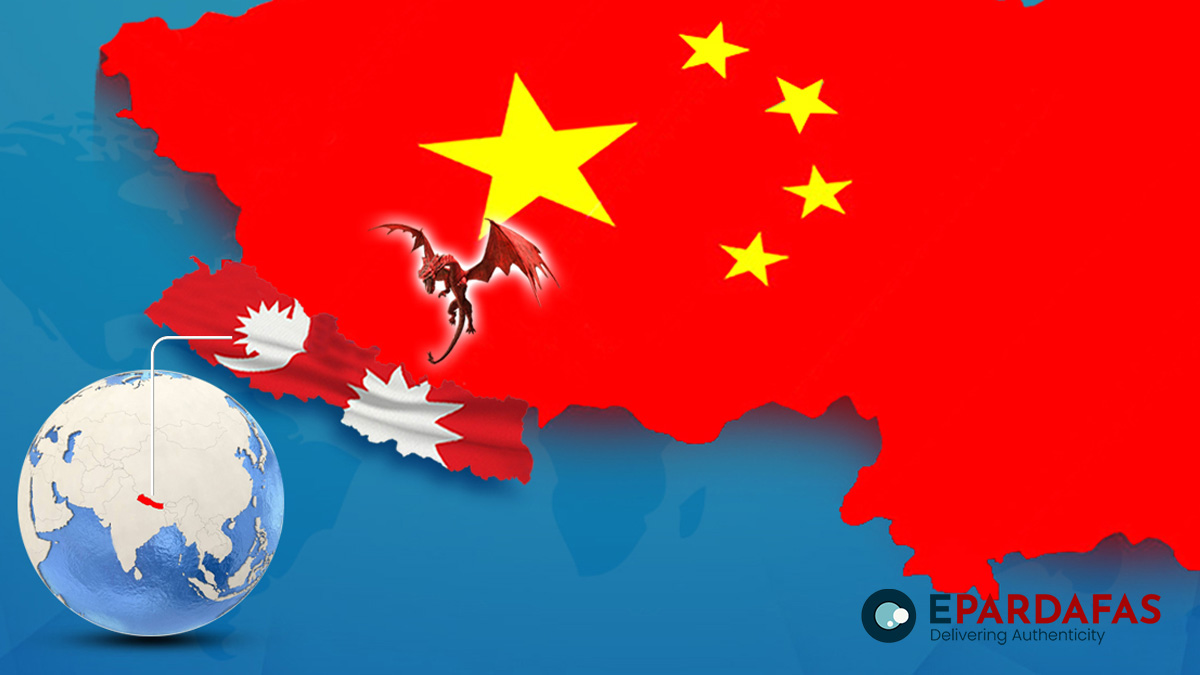


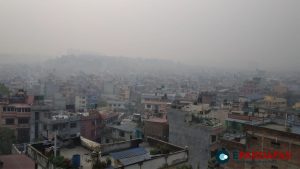
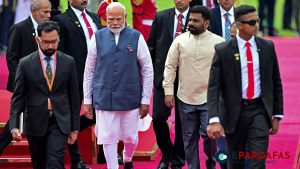
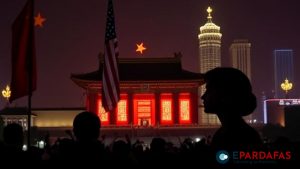

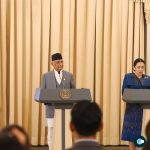

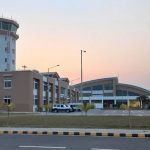



Comments